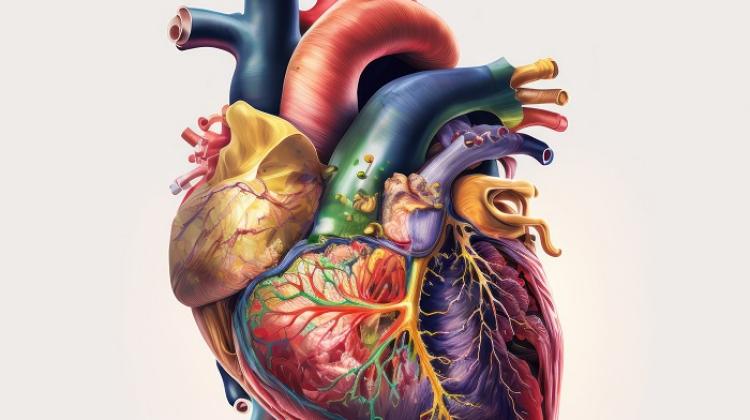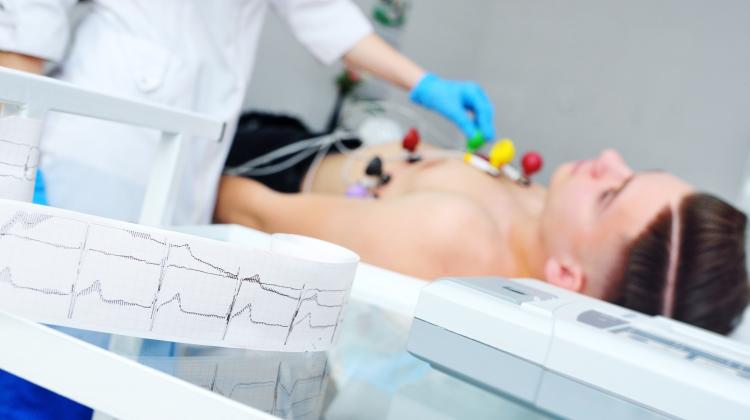Polish researcher discovers method to help detect heart disease
 Credit: Adobe Stock
Credit: Adobe Stock
A Polish researcher in the US has developed a simplified method for calculating the risk of cardiovascular disease which can facilitate and accelerate the identification of people exposed to these diseases.
In theory, each person over 40 should have the risk of cardiovascular disease estimated. In practice, however, it can be different. In the USA, this risk is calculated with the PCE (Pooled Cohort Equation) model.
To calculate it, in addition to entering the results of lipid panel into the computer - a panel of blood tests that measures the amount of cholesterol and other lipids - the doctor must provide a number of other patient data, for which there is not always enough time. This, in turn, can lead to non-detection of patients with increased risk of heart disease.
That is why a team of scientists from American National Institutes of Health (NIH) led by Polish researcher Dr. Anna Wolska decided to change things.
She told PAP: “We wanted to simplify it for both doctors and patients, so that the risk could be calculated automatically during the lipid panel and provided together with the panel results.”
Although the new method called estimated ASCVD lipid risk score, is a simplified version of previously used PCE model, it can have potentially significant benefits.
Wolska said: “This way, seeing the calculated risk, the patient would have better knowledge and an impulse: should I think about changing my lifestyle? Consulting a cardiologist? In addition, this may improve the discussion between the patient and the doctor.”
Although it may take years before the new method is universally used, it has already been noticed by the American scientific community. Dr. Wolska received the award of the American Association for Clinical Chemistry (AACC) award outstanding research in the field of personalized medicine. NIH also distinguished the new method on its internet portals. According to the researcher, the work of her team gained interest also in Poland.
The head of the Lipoprotein Metabolism Laboratory Dr. Alan Remaley said that in his opinion, Dr. Wolska is a distinguished scientist in an elite American center. The National Institutes of Health (NIH) in Bethesda near Washington is the main American biomedical research agency.
He added that as he will soon turn 65, he considers Anna Wolska one of the candidates who could successfully replace him and that her work over the next 20-30 years could bring many achievements.
The drug patented by the Polish researcher will soon undergo clinical trials. So far, it has passed animal tests that showed its effectiveness. For her discovery, Dr. Wolska received a number of prestigious awards, including 2020 Orloff Science Award from NHLB and 2021 Young Investigator Award from the European Atherosclerosis Society. Her research made the cover of one of the best scientific journals, Science Translational Medicine.
From Washington, Oskar Górzyński (PAP)
osk/ ekr/ kap/
tr. RL
Przed dodaniem komentarza prosimy o zapoznanie z Regulaminem forum serwisu Nauka w Polsce.


















